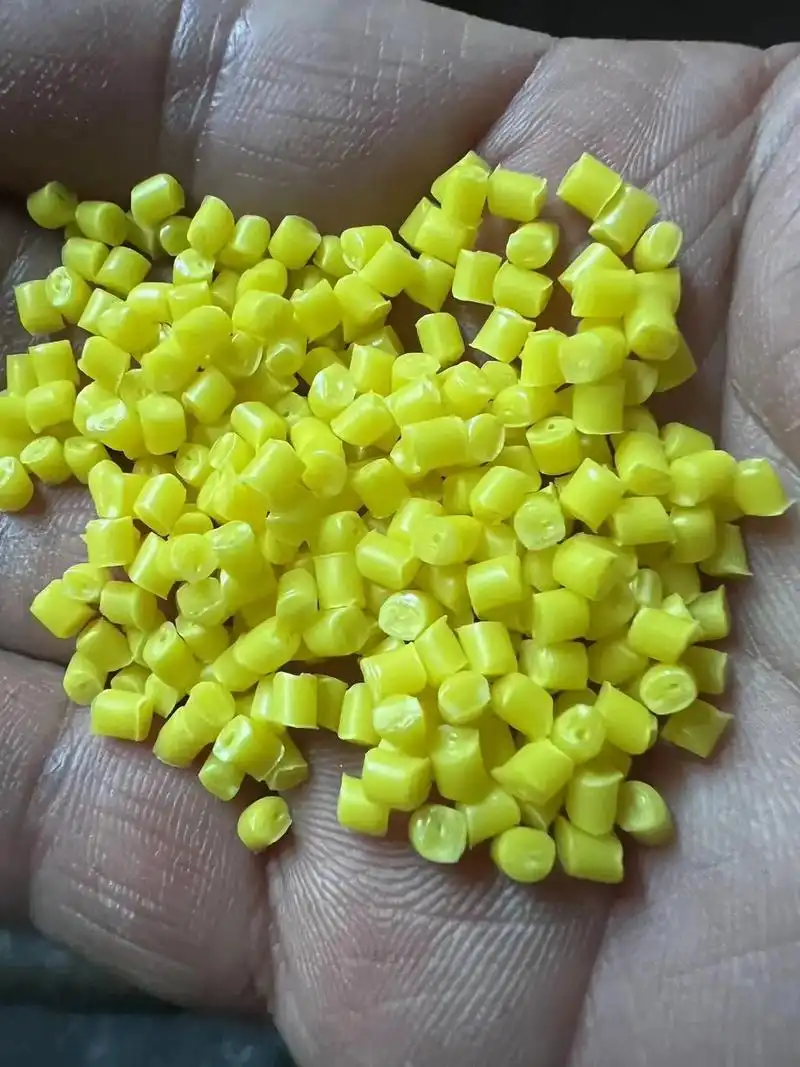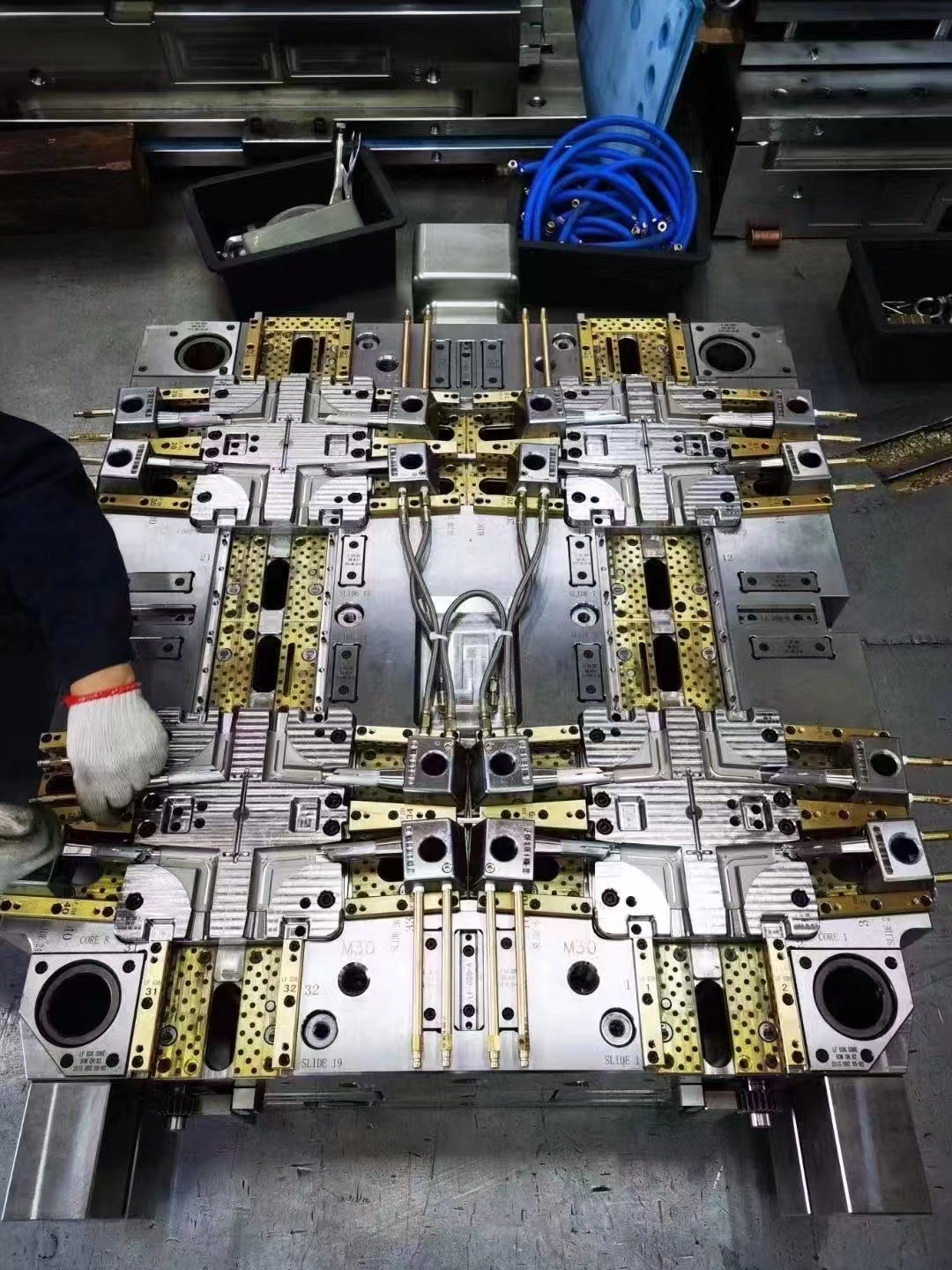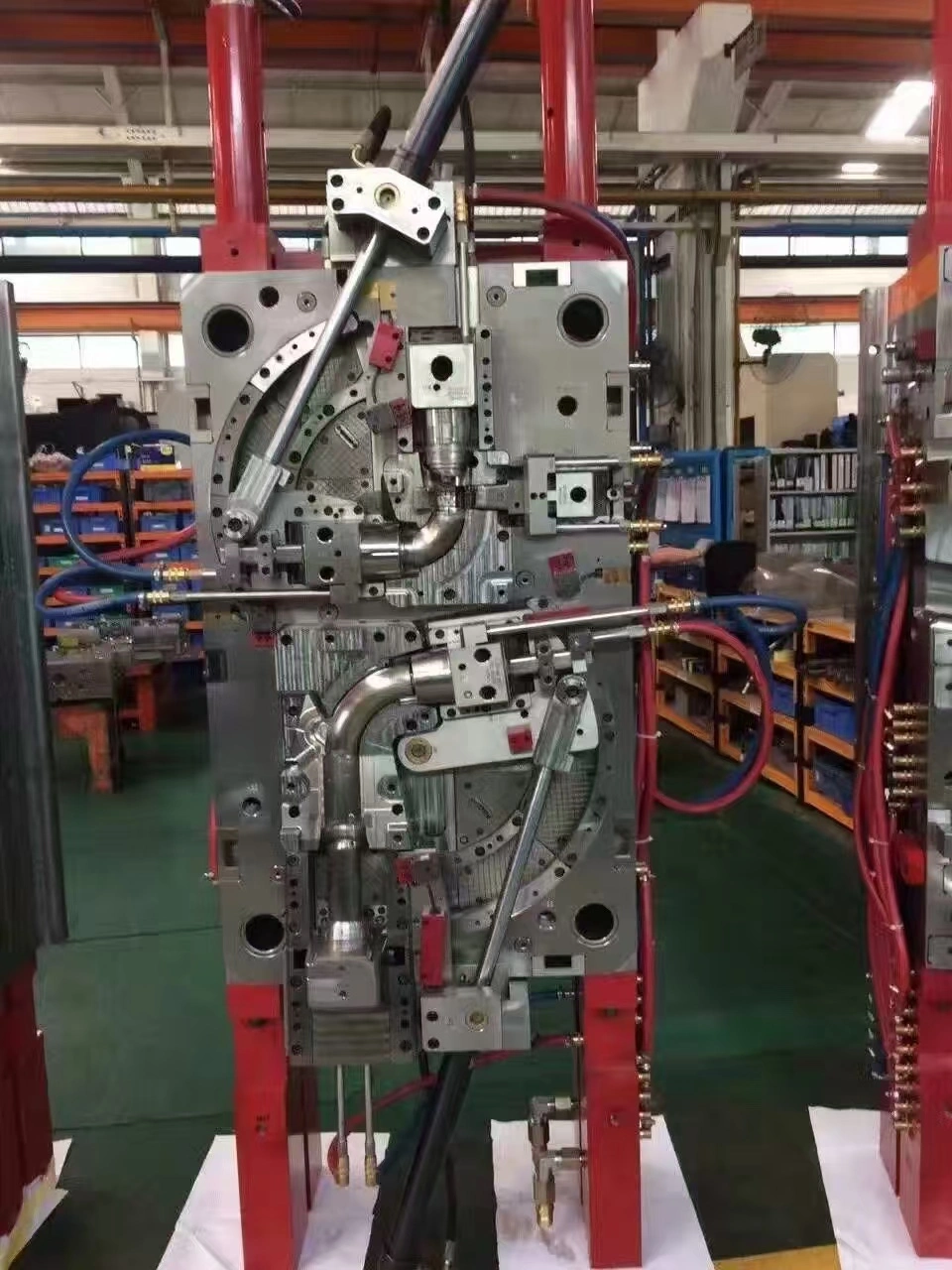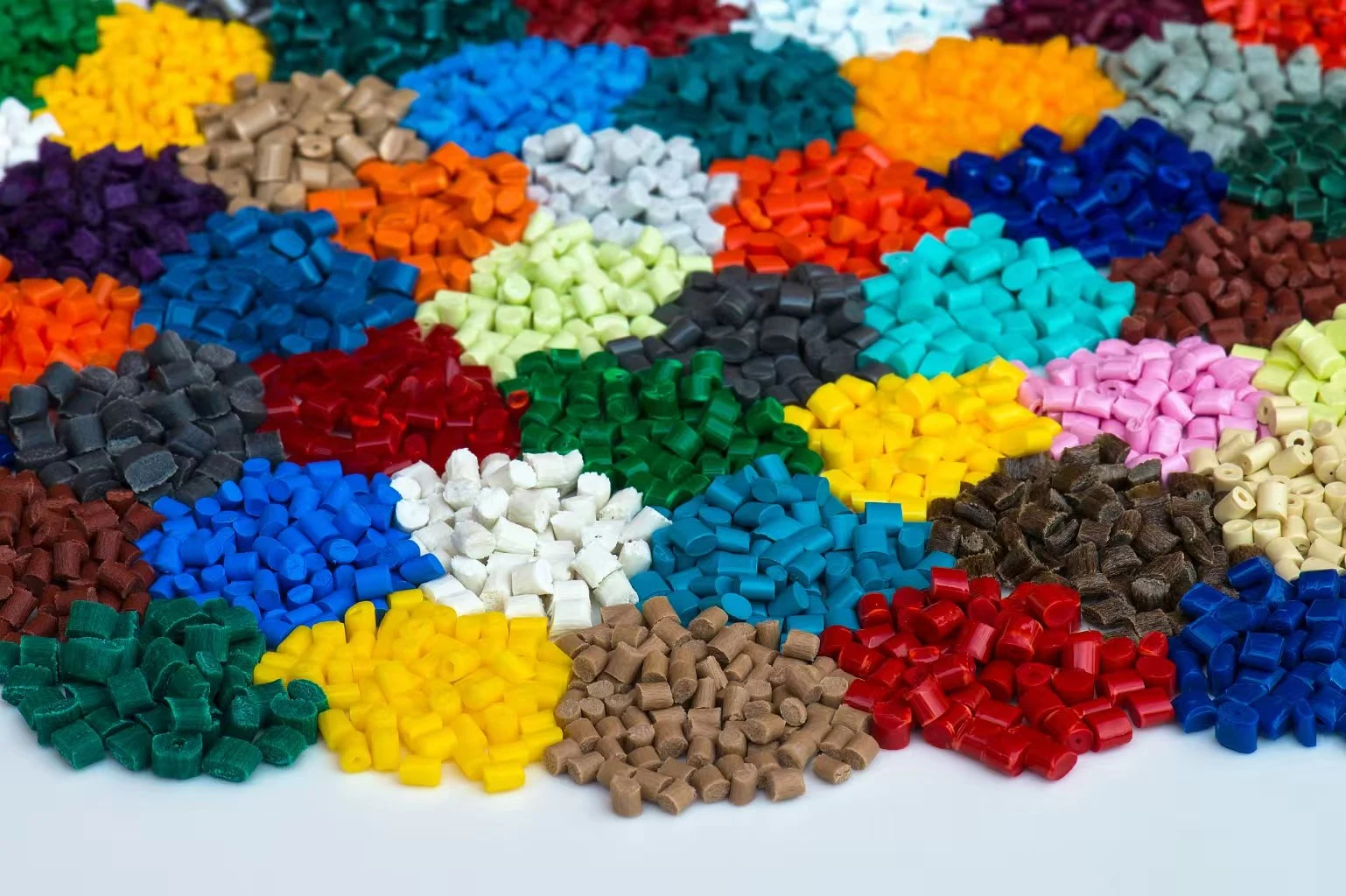Plastic Components Material Selection Guide
If you choose the right plastic for your plastic components, they will work well, last a long time, and give you the most for your money. One book that can teach engineers, planners, and people who work with plastics a lot is the Plastic Components Material Selection Guide. It will help you pick the best plastics for each plastic component if you look at how strong, simple, and chemical-resistant they are. Little business owners can learn a lot from this book that will help them save a lot of money. You need these things to make plastic components that follow the rules or go beyond them. You can make better plastic components for cars, marketing items, medical gadgets, or big tools if you use these tips to choose the right materials.

Key Factors in Plastic Component Material Selection
Mechanical Properties
Mechanical qualities are very important when choosing materials for plastic parts because they affect how well the end product works and how long it lasts. Engineers have to look at tensile strength, impact resistance, and bending stiffness to make sure the material they choose can handle the job and the climate. High-impact polystyrene (HIPS), for example, might be perfect for plastic parts in consumer goods because it is very resistant to impact and doesn't change shape easily. However, polyoxymethylene (POM), which is very stiff and has a low friction coefficient, might be a better choice for precise mechanical parts. By looking closely at these mechanical features, designers can make plastic parts that meet specific performance needs while also making the best use of materials and saving money.
Chemical Resistance
When choosing a material, the chemical protection of plastic components is very important, especially for uses that will be in tough settings or with chemicals. Different plastic components are not as resistant to acids, bases, liquids, and other chemicals, which can have a big effect on how long the part lasts and how well it works. For example, fluoropolymers like PTFE are known for being very resistant to chemicals. This makes them perfect for use in industrial settings where chemicals are likely to break down plastic components. On the other hand, ABS might be better for home products that won't be exposed to harsh chemicals very often. Engineers can choose materials that will last for a long time and have a low chance of breaking down or degrading because of chemical interactions by thinking about the specific chemical environment in which the plastic component will be used.
Thermal Properties
When choosing materials for plastic parts, thermal qualities are very important, especially when the parts will be exposed to high temperatures or thermal cycles. The efficiency and dependability of plastic parts can be greatly affected by things like the heat deflection temperature, the rate of thermal expansion, and the thermal conductivity. For example, high-temperature thermoplastics like PEEK might be used for plastic parts under the hood of an automobile because they are very good at withstanding heat and keeping their shape. Polypropylene (PP), on the other hand, might be better for market goods that need to be resistant to chemicals and moderately resistant to heat. Design professionals can make sure that plastic parts stay strong and work well at a wide range of temperatures by carefully considering the application's thermal needs and choosing materials with the right thermal qualities.
Manufacturing Processes for Plastic Components
Injection Molding
The process of injection molding is very popular for making plastic parts because it is accurate, easy to repeat, and cheap when making a lot of them. Using this flexible method, liquid plastic is injected into a mold hole under high pressure. This makes it possible to make shapes and features that are very complicated. It's important to think about things like melt flow index, shrinking rate, and mold temperature when choosing materials for injection-molded plastic parts. For instance, thermoplastics like ABS and polycarbonate are often used for injection-molded parts because they are good at flowing and staying the same size. Manufacturers can make high-quality plastic parts that work consistently and have few flaws by choosing the right materials and setting the right process parameters.
Extrusion
A very important step in making plastic components is also extrusion. This is especially true for making continuous profiles, tubes, and sheets. To use this method, melt plastic is pushed through a die with a certain cross-section. The end result is a standard object that comes in standard forms. When picking materials for molded plastic components, you need to think about their melt strength, how stable they are at different temperatures, and how much they swell when they are heated. Because they are easy to work with and don't break down in bad weather, polyethylene (PE) and polyvinyl chloride (PVC) are often used for formed shapes in pipe systems and window frames. If companies carefully pick materials that can be extruded, they can make high-quality plastic components that work well and don't cost too much.
Thermoforming
Modern thermoforming is an adaptable method for creating plastic parts from films or sheets. This saves you money and lets you choose from more styles. A plastic sheet is heated until it softens, and then it is shaped over a mold by drawing it in, pressing on it, or using mechanical forces. Things like how easy they are to shape, how well they hold up under pressure, and how smooth the surface is should be taken into account when picking materials for thermoformed plastic parts. Thermoformed products and consumer goods often use high-impact polystyrene (HIPS) and ABS because they are easy to shape and look good. Thermoformed plastic parts can be made that meet specific performance and look goals at a low cost by choosing the right materials and fine-tuning the process settings.
Advanced Materials for Specialized Plastic Components
Engineering Plastics
Engineering plastics are a type of high-performance material that are better than regular plastics in terms of their mechanical, thermal, and chemical qualities. More and more, these high-tech materials are being used to make specific plastic parts that need to be very strong, last a long time, and not break down in tough conditions. Polyamides, or nylons, are commonly used in car parts because they have a high tensile strength, don't wear down easily, and can handle high temperatures. Polyetheretherketone (PEEK), on the other hand, is often used for aircraft parts because it has great mechanical qualities and chemical protection. Designers can make plastic parts that meet the strict needs of important uses while possibly lowering weight and improving overall performance by using the special properties of engineering plastics.
Composite Materials
Composite materials, which are made by mixing two or more different materials to make a new material with better qualities, are becoming more popular in the making of high-tech plastic parts and plastic components. A plastic matrix is often mixed with stiffening strands or bits to make these materials stronger, stiffer, and more stable in their shape. Glass fiber-reinforced plastics (GFRP), for instance, are often used in the aircraft and automobile industries to make strong but lightweight structural parts. Carbon fiber-reinforced plastics (CFRP) are being used more and more in high-performance uses because they are stronger than regular plastics and lighter. By carefully picking the right mix of matrix material and support, engineers can make plastic parts and plastic components with specific qualities that meet performance needs while possibly lowering weight and making the whole system work better.
Bioplastics
For the climate and for designing sustainable plastic parts, bioplastics are a new type of material that comes from natural resources. In contrast to standard plastics made from oil, these materials can be recyclable, bio-based, or both. As an example, polylactic acid (PLA) is a common bioplastic used in packaging and consumer goods because it breaks down naturally and can be made from recyclable ingredients. More bioplastics that are getting attention are polyhydroxyalkanoates (PHAs). These are very useful and could be used in medical settings. As the need for environmentally friendly options grows, bioplastics are being considered more and more for different types of plastic parts, especially in fields where environmental impact is a critical issue. By choosing materials that contain bioplastics, designers can make plastic parts that are better for the environment while also meeting performance standards and taking into account customer preferences for long-lasting goods.
Conclusion
The Plastic Components Material Selection Guide serves as an essential resource for engineers and designers in the plastics industry. By considering key factors such as mechanical properties, chemical resistance, and thermal characteristics, professionals can make informed decisions when choosing materials for specific applications. The guide also highlights the importance of understanding manufacturing processes and exploring advanced materials like engineering plastics, composites, and bioplastics. As the industry continues to evolve, this comprehensive guide will remain a valuable tool in optimizing plastic component design and production, ultimately leading to more efficient, durable, and sustainable products across various sectors.
For more information on plastic components and material selection, please contact Alwin Asia Limited. Our company, Dongguan Yongsheng Hardware Plastic Product Co.,Ltd., has over 20 years of experience in plastic mold, die casting mold, and plastic products manufacturing. Located in Chang'an Town, Dongguan City, Guangdong Province, we offer one-stop services including design, development, mold fabrication, production, and secondary processing. Our commitment to high quality, cost-effectiveness, and timely delivery makes us an ideal partner for your plastic component needs. To learn more or discuss your project, please email us at sales@alwinasia.com.
FAQ
Q: What are the most important factors to consider when selecting materials for plastic components?
A: The key factors include mechanical properties, chemical resistance, thermal properties, processing requirements, and cost-effectiveness.
Q: How do manufacturing processes influence material selection for plastic components?
A: Different manufacturing processes (e.g., injection molding, extrusion, thermoforming) have specific material requirements, which must be considered during the selection process to ensure optimal performance and production efficiency.
Q: What are engineering plastics, and when should they be used?
A: Engineering plastics are high-performance materials that offer superior properties compared to commodity plastics. They should be used in applications requiring exceptional strength, durability, or resistance to harsh environments.
Q: How can composite materials enhance plastic component performance?
A: Composite materials combine multiple materials to create enhanced properties, such as improved strength-to-weight ratios or tailored thermal characteristics, allowing for optimized performance in specific applications.
Q: What are bioplastics, and what advantages do they offer?
A: Bioplastics are materials derived from renewable resources, offering potential environmental benefits. They can be biodegradable or bio-based, providing sustainable alternatives to traditional petroleum-based plastics.
References
1. Smith, J. (2021). "Advanced Plastic Materials for High-Performance Components." Journal of Polymer Engineering, 45(3), 215-230.
2. Johnson, A., & Brown, M. (2020). "Sustainable Plastics: Innovations in Bioplastic Component Design." Green Chemistry and Sustainable Technology, 18(2), 89-104.
3. Lee, S., et al. (2019). "Composite Materials in Plastic Component Manufacturing: A Comprehensive Review." Composites Science and Technology, 172, 36-52.
4. Wilson, R. (2022). "The Impact of Material Selection on Plastic Component Performance in Automotive Applications." SAE International Journal of Materials and Manufacturing, 15(1), 45-60.
5. Garcia, M., & Thompson, L. (2020). "Advancements in Injection Molding Technologies for Precision Plastic Components." Polymer Processing and Technology, 32(4), 301-318.
6. Chen, Y., et al. (2021). "Thermal Properties and Their Influence on Plastic Component Design: A Systematic Approach." Journal of Thermal Analysis and Calorimetry, 143(2), 1125-1140.

We can provide a one-stop service, including design and development, mold fabrication, production, product processing, etc.

Professional injection mold, die casting mold, plastic products OEM manufacturer


